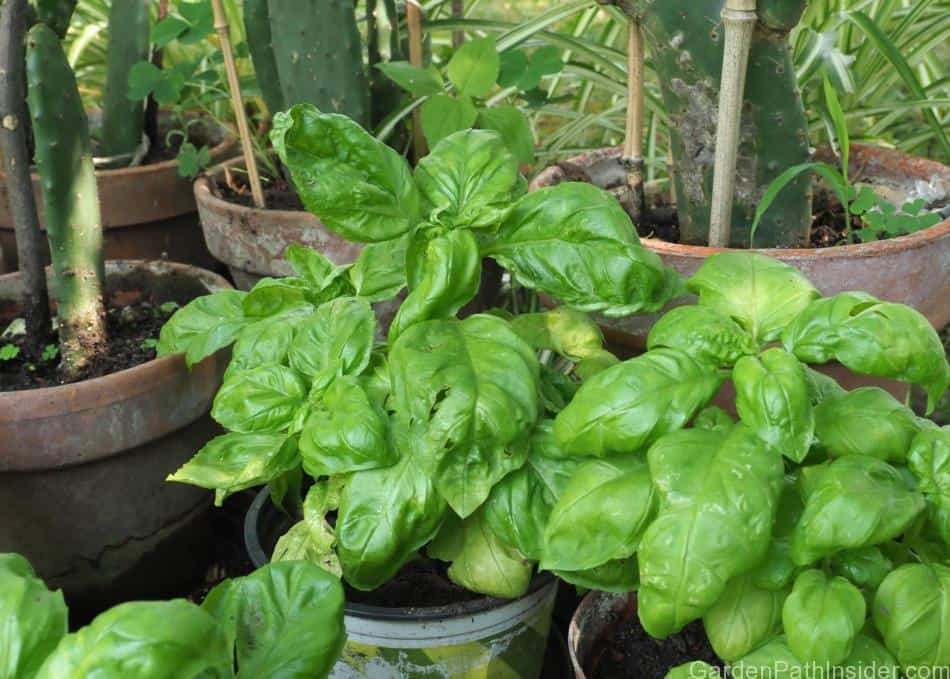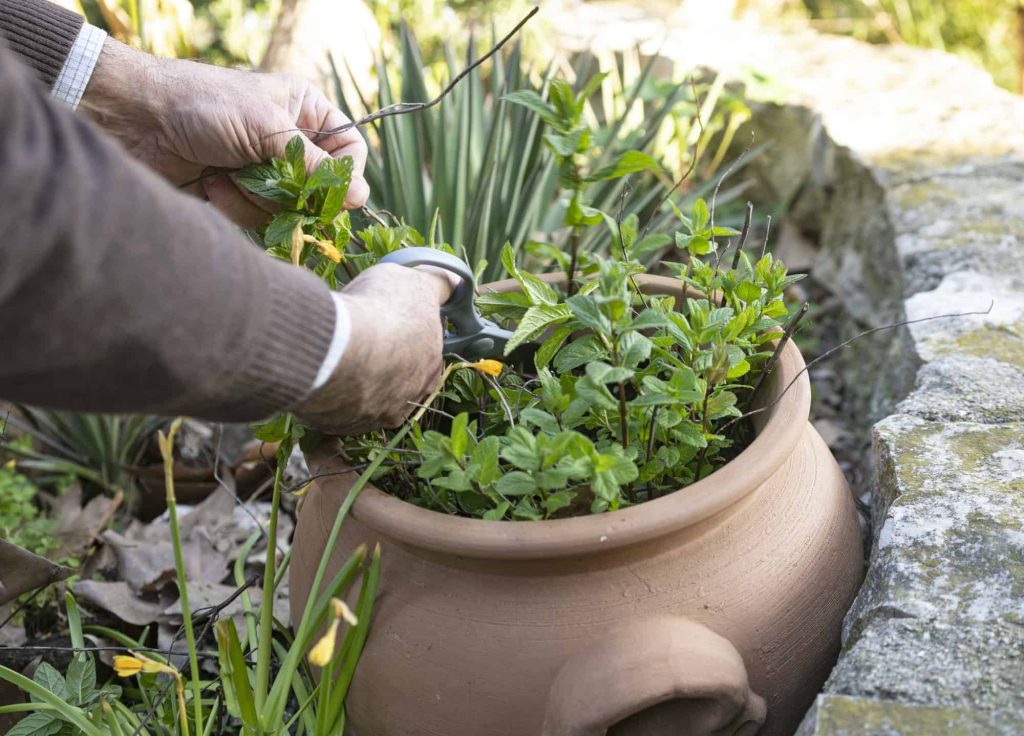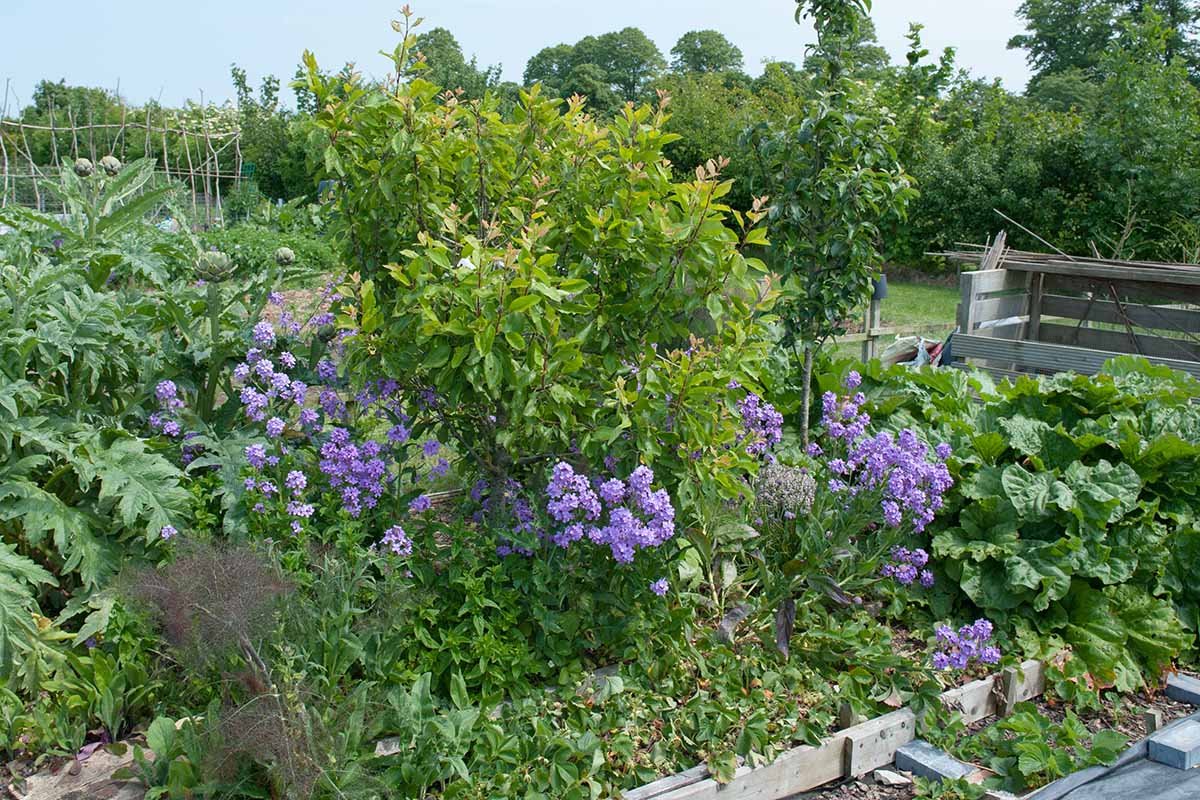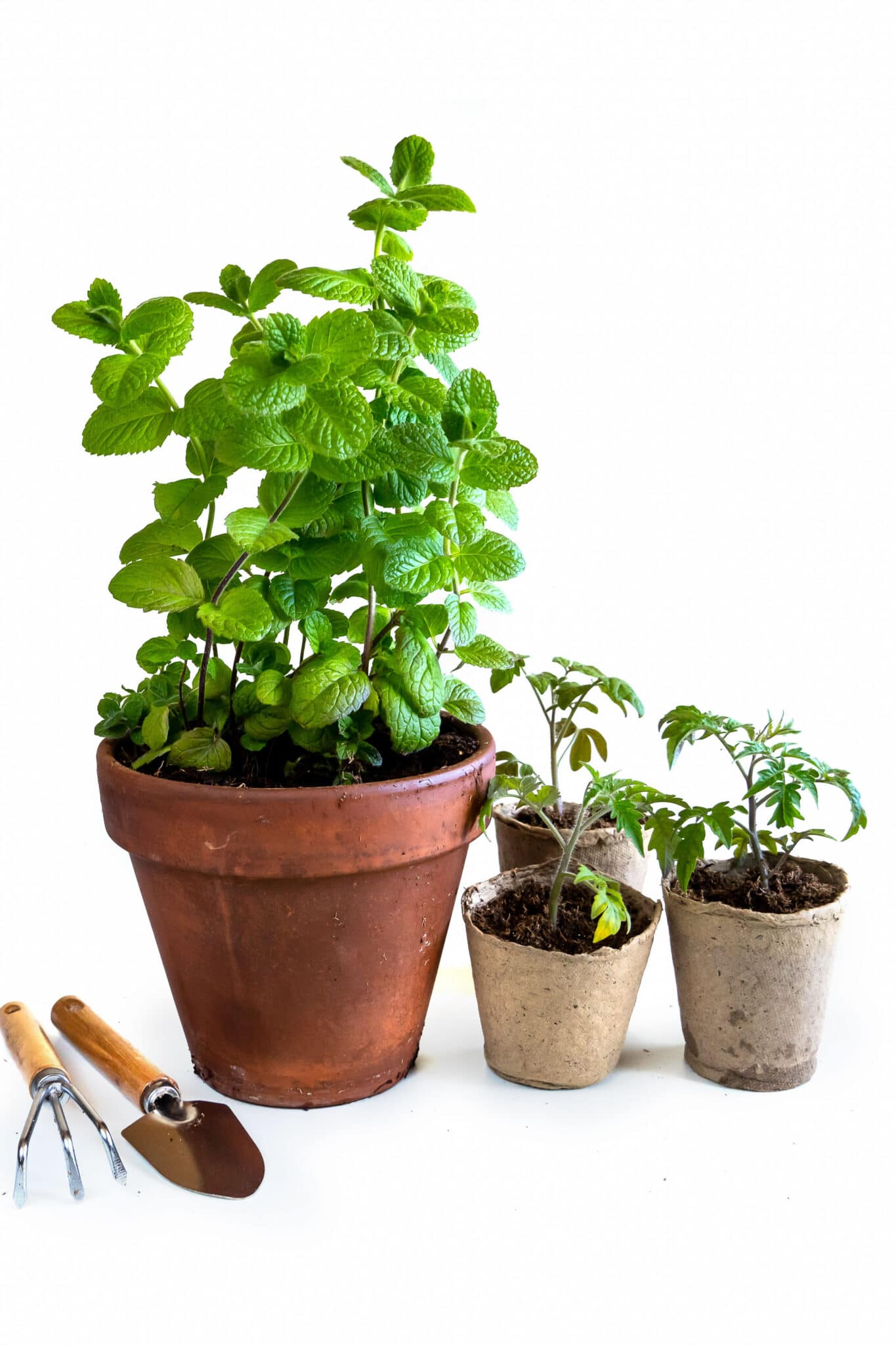Mint And Basil: The Perfect Companion Planting
Mint and basil are two of the most popular herbs in the world, and for good reason. They're both flavorful, versatile, and easy to grow. But did you know that they can also be great companion plants?
That's right, mint and basil can actually help each other thrive when grown together. Mint is a natural pest repellent, and it can help to keep away aphids, beetles, and other insects that can damage basil plants. Basil, on the other hand, can help to improve the flavor of mint leaves.
In addition to their pest-repelling and flavor-enhancing properties, mint and basil also have similar growing requirements. They both need full sun, well-drained soil, and regular watering. This makes them easy to grow together in the same pot or garden bed.
Of course, there are a few things to keep in mind when planting mint and basil together. First, mint is a very aggressive grower, and it can quickly take over a garden bed if it's not contained. To prevent this, it's best to plant mint in a pot or in a garden bed that's surrounded by a barrier, such as a raised bed or a row of bricks.
Second, mint and basil can cross-pollinate, which means that they can produce hybrid plants. If you're not interested in growing hybrids, it's best to plant different varieties of mint and basil that are not closely related.
Overall, mint and basil are a great choice for companion planting. They're both easy to grow, they help each other thrive, and they add flavor and fragrance to your garden.
Here are some specific benefits of planting mint and basil together:
- Mint repels pests. Mint has a strong aroma that can repel a variety of pests, including aphids, beetles, and mosquitoes. This can help to protect your basil plants from damage.
- Basil improves the flavor of mint. Basil has a sweet, peppery flavor that can help to enhance the flavor of mint leaves. When mint and basil are grown together, the flavors of the two herbs blend together to create a delicious and complex flavor.
- Mint and basil have similar growing requirements. Both mint and basil need full sun, well-drained soil, and regular watering. This makes them easy to grow together in the same pot or garden bed.
Here are some tips for planting mint and basil together:
- Plant mint in a pot or in a garden bed that's surrounded by a barrier. This will help to prevent mint from spreading out of control.
- Plant different varieties of mint and basil that are not closely related. This will help to prevent hybrid plants from forming.
- Water mint and basil regularly, especially during hot weather.
- Fertilize mint and basil every few weeks with a balanced fertilizer.
- Harvest mint and basil regularly. This will encourage the plants to produce more leaves.
With a little care and attention, you can enjoy the benefits of planting mint and basil together for many years to come.
Mint and basil are two of the most popular herbs in the world, and for good reason. They're both delicious, versatile, and easy to grow. But did you know that they can also be great companion plants?
That's right, mint and basil can actually help each other thrive when grown together. Mint is a natural pest repellent, so it can help to keep aphids, beetles, and other pests away from your basil plants. Basil, on the other hand, can help to improve the flavor of mint.
If you're thinking about planting mint and basil together, there are a few things you'll need to keep in mind. First, mint is a very invasive plant, so it's important to plant it in a container or in a separate area of your garden where it won't have the chance to spread. Second, both mint and basil need full sun and well-drained soil.
If you're looking for more information about mint and basil companion planting, I recommend visiting Gardenia Inspiration. This website has a wealth of information on all aspects of companion planting, including tips on how to plant mint and basil together.
FAQ of mint and basil companion planting
- Can mint and basil be planted together?
While both mint and basil are Mediterranean herbs, they are not considered to be good companion plants. This is because they have similar water and soil requirements, and they can compete for the same resources. Additionally, mint is a vigorous grower and can quickly take over an herb garden, which can smother basil plants.
If you do decide to plant mint and basil together, it is important to do so in separate containers or beds. This will help to prevent them from competing for resources and will give each plant enough space to grow. You should also regularly trim the mint plants to keep them in check.
- What are some good companion plants for basil?
Some good companion plants for basil include tomatoes, peppers, oregano, and chives. These plants help to deter pests and diseases that can affect basil, and they can also enhance the flavor of basil's leaves. Other good companion plants for basil include carrots, cucumbers, lettuce, and beans.
- What are some of the benefits of companion planting?
Companion planting is a gardening practice that involves planting certain plants together in order to benefit each other. There are many benefits to companion planting, including:
- Increased crop yields
- Reduced pest and disease problems
- Improved soil health
- Enhanced flavor of fruits and vegetables
- Increased biodiversity in the garden
- How do I choose companion plants?
When choosing companion plants, there are a few factors to consider, including:
- The plants' water and soil requirements
- The plants' growth habits
- The plants' susceptibility to pests and diseases
- The plants' flavors
- The plants' aesthetic appeal
Once you have considered these factors, you can start to research different companion plants and find the ones that are right for your garden.
- What are some common mistakes to avoid when companion planting?
Some common mistakes to avoid when companion planting include:
- Planting incompatible plants together
- Planting too many plants in one area
- Not watering plants regularly
- Not fertilizing plants regularly
- Not controlling pests and diseases
- Not harvesting plants at the right time
By avoiding these mistakes, you can help to ensure that your companion planting efforts are successful.
Image of mint and basil companion planting
Here are 5 different images of "mint and basil companion planting" from Pinterest:
- Image 1: A pot of basil and mint plants growing next to each other in a garden. The basil plants are taller and have large, green leaves, while the mint plants are shorter and have smaller, more delicate leaves.

- Image 2: A row of basil and mint plants growing in a garden bed. The basil plants are in the front of the row, and the mint plants are in the back. The plants are spaced evenly apart, and the soil is moist.

- Image 3: A close-up of a basil and mint plant growing together in a pot. The basil plant has large, green leaves with purple stems, and the mint plant has smaller, more delicate leaves with light green stems.

- Image 4: A garden bed with a variety of herbs, including basil and mint. The basil plants are in the center of the bed, and the mint plants are around the edges. The plants are all healthy and green.

- Image 5: A wooden planter box with basil and mint plants growing in it. The basil plants are in the front of the planter box, and the mint plants are in the back. The plants are well-watered and healthy.

Post a Comment for "Mint And Basil: The Perfect Companion Planting"